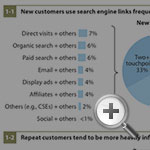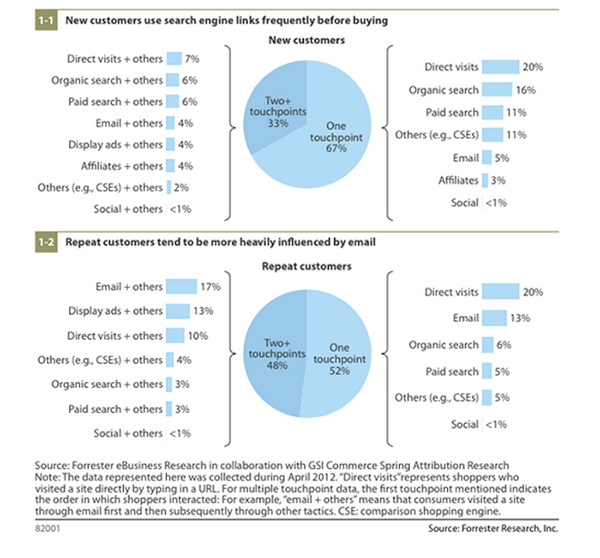No Sales For Social?
Although a company’s social site can do well for branding, loyalty and customer word of mouth, new research from Forrester shows that social sites are not currently creating direct sales.
Social Business

Although a company’s social site can do well for branding, loyalty and customer word of mouth, new research from Forrester shows that social sites are not currently creating direct sales.
Would your confidence in the value of social business diminish if you learned that only a miniscule amount of business’s direct sales originated from social links?
We suspect it would.
A just-released study by Forrester Research, which tracked the origins of digital purchases, found that fewer than 1% of over 77,000 transactions could be attributed directly to social sites.
Before rushing to judgment, let’s take a close look at what this study does and does not show, and its implications for social tools to drive sales.
First, let’s look at the details of the research itself.
The study, “The Purchase Path of Online Buyers in 2012,” was written by Sucharita Mulpuru with Patti Freeman Evans and Douglas Roberge and was performed by Forrester, GSI Commerce and True Action Network, GSI Commerce’s digital agency. The researchers examined 77,000 consumer orders between April 1 and April 14 2012 to figure out how shoppers touched various digital marketing channels such as search, email and social before making a purchase.
As the Forrester chart illustrates, for new customers, the most common ways they arrived at a purchase were direct visits (20%), organic search (16%) and then paid search (11%), with some variation based on whether or not there were one or two preceding touch points. In both cases, though, social represented less than 1%. For repeat customers, email gets a higher response, with 30% coming from that route (13% after reading the email and 17% after seeing the email and interacting with other marketing forms), with other channels like organic and paid search following depending on whether there was one or two touch points involved. Again, though, social represented less than 1% of the path leading to a direct sale.
The key question is: What to make of this?
The research did not track small businesses, which, in fact, Mulpuru herself has said do perform better with social commerce, particularly in Facebook stores.



Comments (2)
pankajunk
Study: Social Media Just Doesn’t Sell | Kona Digital